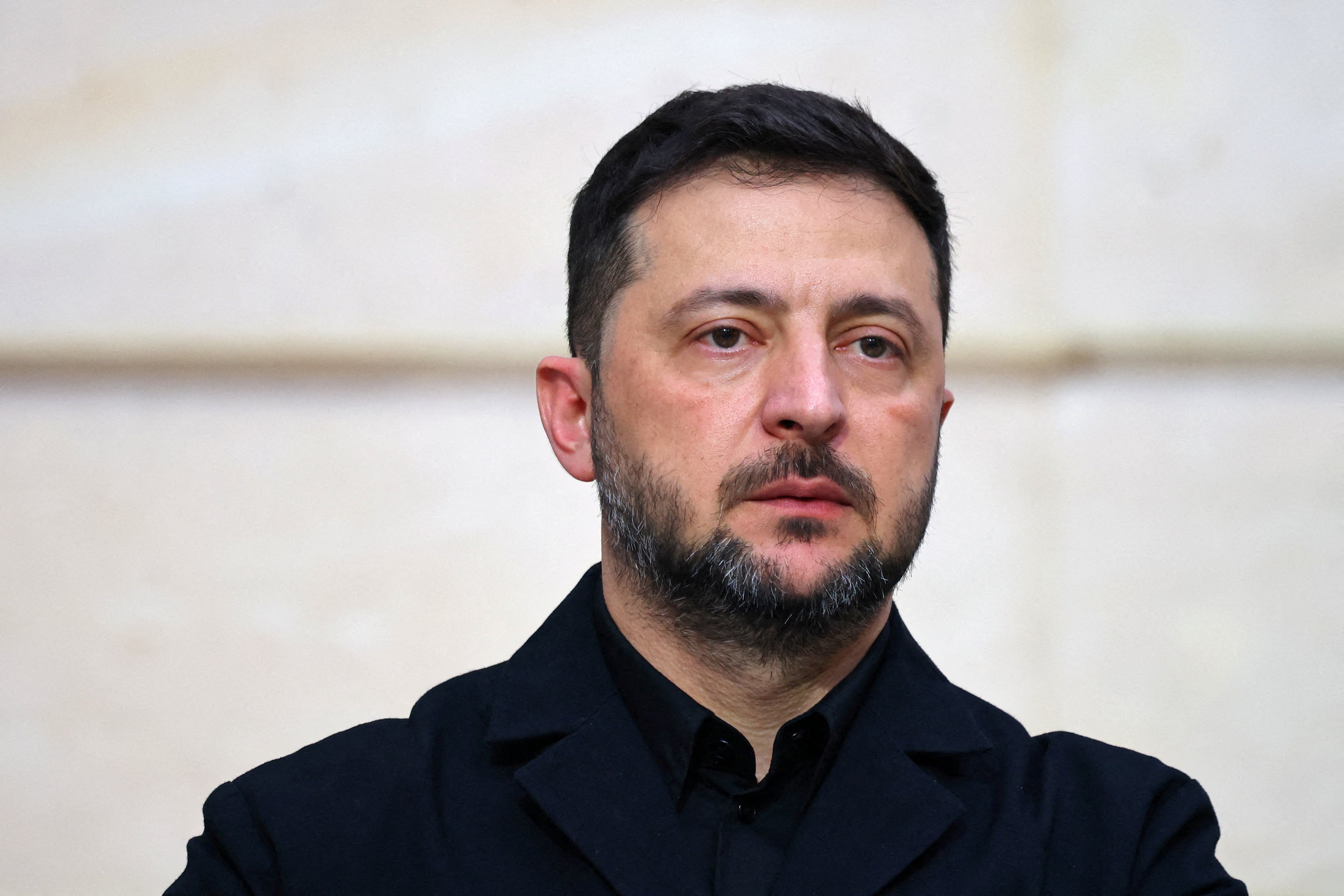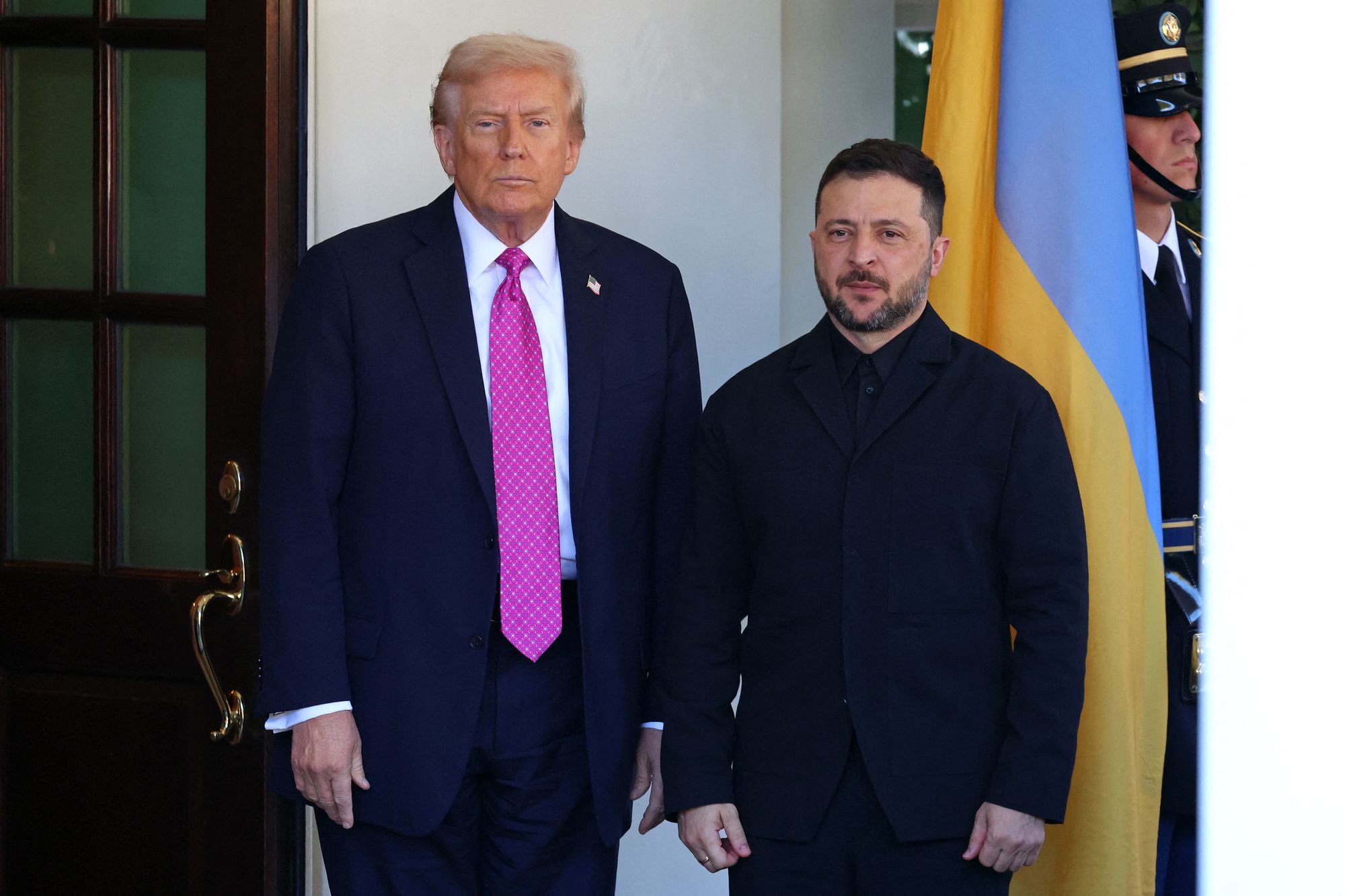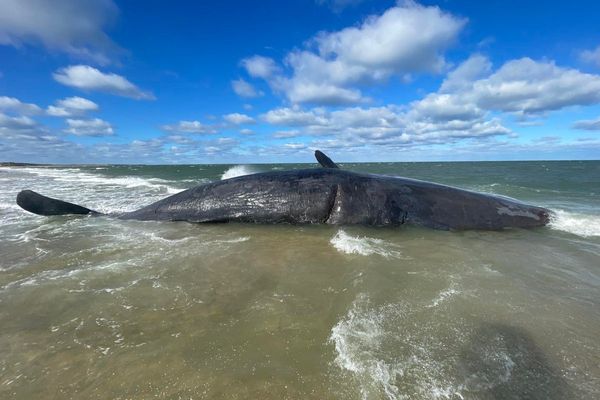Donald Trump has given his approval for a controversial new peace plan to end the war between Ukraine and Russia, according to reports.
The new 28-point plan would consist of “security guarantees, security in Europe, and future US relations with Russia and Ukraine”, Axios reported, citing sources.
But it has caused outrage as it would require Kyiv to give up more land to Russia and partially disarm, conditions long seen by Ukraine and its allies as tantamount to capitulation.
Mr Trump’s special envoy, Steve Witkoff, is said to have discussed the plan with Russian envoy Kirill Dmitriev and Volodymyr Zelensky’s security adviser Rustem Umerov, according to officials from Washington and Kyiv.
According to reports, a meeting between Mr Trump and Mr Zelensky at the White House last month descended into a shouting match as the US president demanded that his Ukrainian counterpart accept Russia’s maximalist demands for ending the war.
Mr Trump was reported to be shouting and swearing as he threw aside Ukrainian maps of the battlefield. The president denied such an exchange took place.
But in the aftermath of the meeting, Mr Trump called for a ceasefire along the current front line – a key demand from Kyiv and Europe – and told reporters the meeting was “cordial”.

What is in the new ‘peace plan’?
Details of the new plan were briefed to various media outlets on Wednesday night. They include a demand that Ukraine must surrender the Donetsk region as a precondition for peace, according to the Financial Times.
The deal would require Kyiv to cede control of the eastern Donbas region while legally retaining ownership of it. In exchange, Russia would pay an undisclosed rental fee for de facto control of the region, officials familiar with the deal told the Telegraph.
Two sources, who asked not to be identified, also said the proposals involved significantly cutting the size of Ukraine’s armed forces in half. The military would also reportedly be banned from possessing long-range missiles.

US secretary of state Marco Rubio did not deny any of the demands briefed to the media on Wednesday night. In a post on X, he said that Washington “will continue to develop a list of potential ideas for ending this war based on input from both sides of this conflict.”
“Ending a complex and deadly war such as the one in Ukraine requires an extensive exchange of serious and realistic ideas. And achieving a durable peace will require both sides to agree to difficult but necessary concessions,” Mr Rubio said.
The Kremlin said on Thursday that any peace plan for Ukraine would have to eliminate the “root causes” of the conflict, in a repetition of its previous position. They added that, while contacts were ongoing with the US, no formal negotiations on the plan were taking place.
Vladimir Putin’s spokesperson Dmitry Peskov declined to comment on whether the Russian leader had been briefed on the details of the reported Ukraine peace plan.
How has Europe reacted?
European countries have pushed back against the proposed peace plan. The EU’s foreign policy chief, Kaja Kallas, said any agreement must have European countries and Ukraine itself on board.
Polish foreign minister Radoslaw Sikorski said Ukraine, as the victim in the conflict, should not have restrictions imposed on its ability to defend itself.
Jean-Noel Barrot, the French foreign minister, said: "Ukrainians want peace – a just peace that respects everyone’s sovereignty, a durable peace that can’t be called into question by future aggression. But peace cannot be a capitulation.”
Spain’s foreign minister, Jose Manuel Albares, said on Thursday that any peace plan for Ukraine cannot be done without Ukraine and the European Union.
A peace plan must also guarantee the existence of a sovereign and democratic Ukrainian state, he told reporters in Brussels before a meeting with his European Union counterparts.

How have Trump’s previous peace efforts failed?
Last August, Mr Trump and Putin met in person for a summit in Alaska to discuss an end to the war. It was the first time that the Russian leader had visited the US since the beginning of the war in February 2022. Both leaders hailed the meeting as “productive”, but nothing of substance was revealed.
More recently, Russia’s foreign minister Sergei Lavrov stated his readiness to meet US secretary of state Marco Rubio to discuss mending bilateral ties, following reports that he had been sidelined by Putin over his failure to secure a peace summit with Mr Trump.
Mr Lavrov spoke by phone to Mr Rubio on 20 October to discuss the possible summit, but the Financial Times cited a source claiming that his conversation with Mr Rubio had put Washington off.
The next day, Mr Trump said that he did not want to hold a meeting that would be “a waste of time”. He later said he had cancelled the summit because it “just didn’t feel right”.
GOP lawmakers warning Trump and Bondi not to withhold documents in Epstein files
Almost 30 years of hurt but we never stopped dreaming, Findlay tells MSPs
The Kremlin is pulling Trump’s puppet strings, but they can be cut
Spain's attorney general guilty of leak in tax fraud case against partner of political rival
At least 57 injured after two passenger trains collide in Czech Republic
Putin stares down dancing robot in awkward encounter at AI conference







